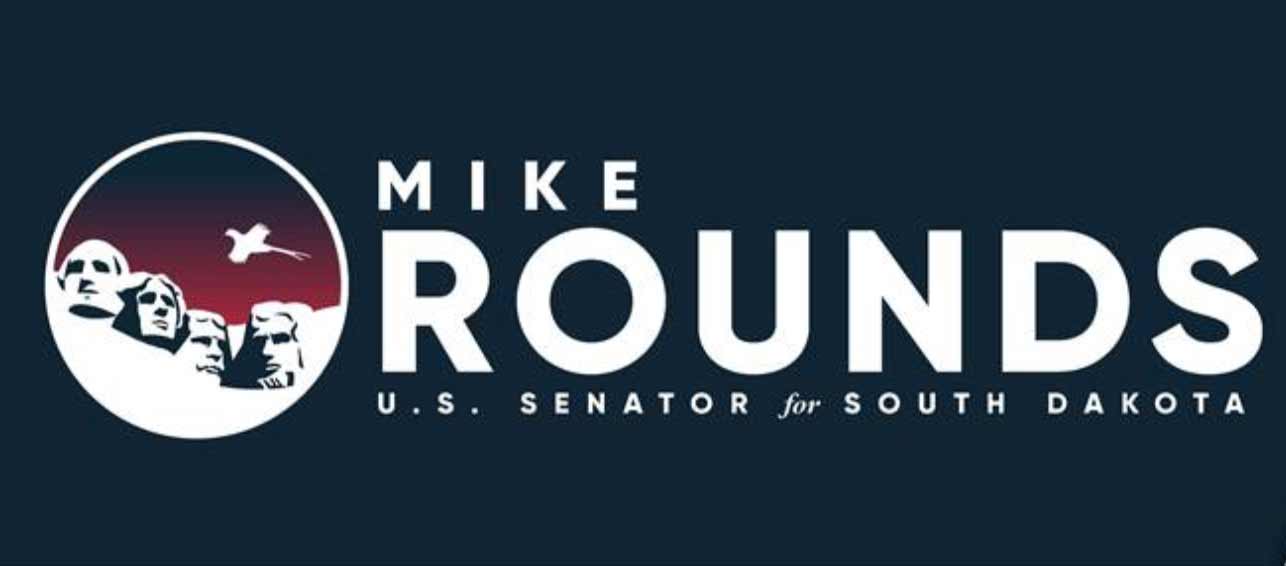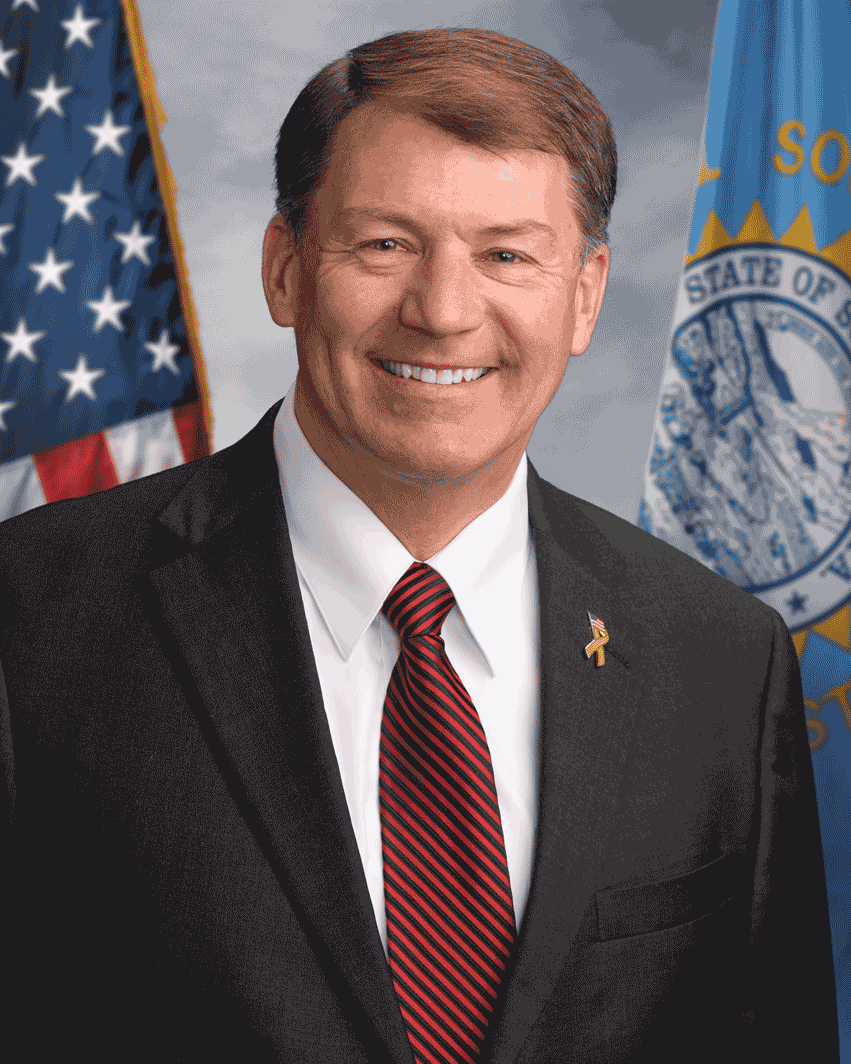
Rounds, Cassidy, Foxx and Colleagues Urge Biden Administration to Withdraw Latest Student Loan Plan
 WASHINGTON – U.S. Senator Mike Rounds (R-S.D.), Senator Bill Cassidy (R-La.), ranking member of the Senate Health, Education, Labor, and Pensions (HELP) Committee, and Representative Virginia Foxx (R-N.C.), chairwoman of the House Education and the Workforce Committee, recently sent a letter urging the Department of Education to withdraw its latest student loan forgiveness plan. This proposed rule will cost hard-working Americans an additional $147 billion and bring the total student loan debt transferred to taxpayers to as much as $1 trillion.
WASHINGTON – U.S. Senator Mike Rounds (R-S.D.), Senator Bill Cassidy (R-La.), ranking member of the Senate Health, Education, Labor, and Pensions (HELP) Committee, and Representative Virginia Foxx (R-N.C.), chairwoman of the House Education and the Workforce Committee, recently sent a letter urging the Department of Education to withdraw its latest student loan forgiveness plan. This proposed rule will cost hard-working Americans an additional $147 billion and bring the total student loan debt transferred to taxpayers to as much as $1 trillion.
“The latest Notice of Proposed Rule Making (NPRM) proposed by your Department of Education (Department) on April 17, 2024, represents the latest in a string of reckless attempts to transfer as much as $1 trillion of student loan debt from those who willingly borrowed to those who did not or have already repaid their loans,” wrote the lawmakers. “In addition to the fiscally irresponsible nature of this backdoor attempt to enact ‘free’ college, the administration continues to use borrowers as political pawns knowing full well these proposed actions are illegal. The Supreme Court has made it abundantly clear that there is zero authority to write-off federal student loans en masse last June when the Department’s ‘Plan A’ was ruled unconstitutional.”
“Instead of exacerbating the problems of inflated college costs and low-value degrees, we urge you to withdraw this NPRM and work with Congress. It is past time that we fix our nation’s broken higher education financing system,” continued the lawmakers.
Rounds, Cassidy and Foxx are joined by U.S. Senators John Barrasso (R-Wyo.), Marsha Blackburn (R-Tenn.), Katie Britt (R-Ala.), Mike Braun (R-Ind.), Ted Budd (R-N.C.), Shelley Moore Capito (R-W.Va.), John Cornyn (R-Texas), Tom Cotton (R-Ark.), Mike Crapo (R-Idaho), Kevin Cramer (R-N.D.), Ted Cruz (R-Texas), Steve Daines (R-Mont.), Joni Ernst (R-Iowa), Deb Fischer (R-Neb.), Lindsey Graham (R-S.C.), Chuck Grassley (R-Iowa), Josh Hawley (R-Mo.), John Hoeven (R-N.D.), Cindy Hyde-Smith (R-Miss.), Ron Johnson (R-Wisc.), John Kennedy (R-La.), James Lankford (R-Okla.), Cynthia Lummis (R-Wyo.), Roger Marshall, M.D. (R-Kansas), Mitch McConnell (R-Ky.), Jerry Moran (R-Kansas), Markwayne Mullin (R-Okla.), Pete Ricketts (R-Neb.), Jim Risch (R-Idaho), Mitt Romney (R-Utah), Eric Schmitt (R-Mo.), Tim Scott (R-S.C.), Dan Sullivan (R-Alaska), John Thune (R-S.D.), Thom Tillis (R-N.C.), Tommy Tuberville (R-Ala.), Roger Wicker (R-Miss.) and Todd Young (R-Ind.). They are also joined by 90 lawmakers from the U.S. House of Representatives.
Read the full letter HERE or below.
+++
Dear Secretary Cardona:
The latest Notice of Proposed Rule Making (NPRM) proposed by your Department of Education (Department) on April 17, 2024, represents the latest in a string of reckless attempts to transfer as much as $1 trillion of student loan debt from those who willingly borrowed to those who did not or have already repaid their loans. We strongly urge you to withdraw it.
The Biden administration describes this regulation as “targeted relief,” yet the Department’s own estimates show the opposite. This is even broader than the Department’s first attempt: at an estimated price tag of $147 billion, taxpayers are being forced to take on the debt of nearly 28 million borrowers. Moreover, while the Department likely does not wish to highlight how much their proposal would help the wealthy, outside estimates show that borrowers eligible for “relief” under certain provisions in this proposal will have a typical income of over $300,000. Unfortunately, the Department did not include its own analysis of the distributional effect of these regulations.
In addition to the fiscally irresponsible nature of this backdoor attempt to enact “free” college, the administration continues to use borrowers as political pawns knowing full well these proposed actions are illegal. The Supreme Court has made it abundantly clear that there is zero authority to write-off federal student loans en masse last June when the Department’s “Plan A” was ruled unconstitutional.
Further, this regulation is only part of the Department’s “Plan B.” The Department notes that the long-anticipated regulation to “cancel” loans for borrowers facing “hardship”—a broad term defined under the NPRM to grant the Department full authority to cancel any loan it pleases—is still forthcoming. According to budget experts, those additional changes would bring the total cost of the Department’s “Plan B” to nearly $750 billion, at almost double the cost of “Plan A”.
“Plan B” hinges on creating these extensive regulations based on scant statutory text written in 1965. That text, which describes how the then Commissioner of Education at the Department of Health Education and Welfare could “enforce, pay, compromise, waive, or release any right, title, claim, lien, or demand, however acquired, including any equity or any right or redemption” under the Federal Loan Insurance Program.[8] It is certain that drafters in 1965 through the last reauthorization in 2008, did not contemplate that these words would be used to cancel massive portions of student loan balances. This statute has no history of broad use by any previous Secretary and was previously deemed by this administration as less likely to hold up in court than “Plan A.”
While the administration dedicated resources needed to draft this proposal to benefit those who already were able to attend college, it simultaneously failed to competently implement the Free Application for Federal Student Aid (FAFSA). The FAFSA is a simple 36-question form that helps the nation’s neediest current and prospective college attendees understand what federal financial aid is available to them. Failure to make the FAFSA available to these prospective students on time will have life-long consequences for many young Americans. We already know, as of March 29, FAFSA completion for seniors in high school is down by 40 percent. Those who do not file will likely not attend college next year and maybe never will.
Instead of exacerbating the problems of inflated college costs and low-value degrees, we urge you to withdraw this NPRM and work with Congress. It is past time that we fix our nation’s broken higher education financing system.
###

The student loans were written into the Affordable Care Act as a funding mechanism to pay for things like Medicaid expansion. The public was promised the ACA would be budget-neutral, and young people were so enthusiastic about staying on their parents’ insurance plans until age 26 and getting their birth control for free, they didn’t notice the ACA was turning the federal government into a predatory lender, eager to bury them in debt they could never pay off.
This is already law, and the rhetoric is just an attempt to see if this new issue is enough to divide and help Trump. However, I think this is a losing issue, the only people who haven’t made up their mind on Biden/Trump are young people, and that should be Trump’s target market for votes. If Rounds really wanted to address this issue, then propose an interest reduction for student loans. It is laughable that the GOP thinks gouging future generations with student loan debt at 8%+ will somehow help them win this election. Did they hire people from the Noem campaign, what type of stupid move is this? The billionaires and retiring boomers are only so many votes Mike, wake up.
The Republicans didn’t vote for the ACA which needs those high interest rates to pay for it.
Maybe young people won’t mind being in debt for the rest of their lives, if they know they are paying for Medicaid. They are the ones who are going to pay for it one way or another anyway.
Tax the billionaires, the economy is rocking for them……..
You know what people should be mad at? PPP loans given out and forgiven with not a care in the world to who was borrowing.
Yes, there is plenty of Federal money provided as “low interest” loans that are never collected. “forgivable loans” are a polite way of spreading money around to achieve other Congressional priorities. It takes about 20 years to pay off a typical student loan debt at 8%. It is a burden on lower income young people trying to get established.I’d rather help out young people than provide another tax break to Billionaires.
amen.